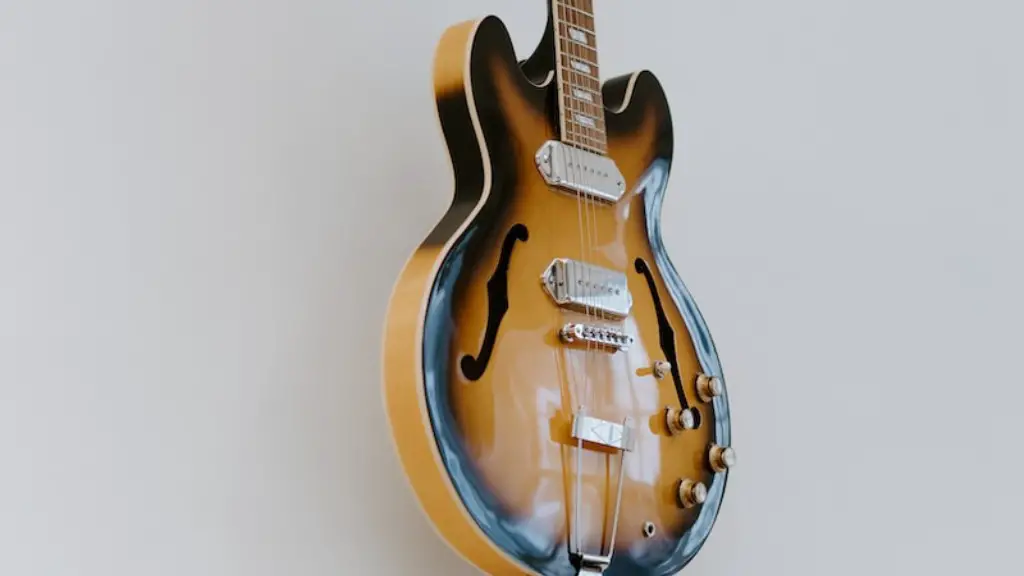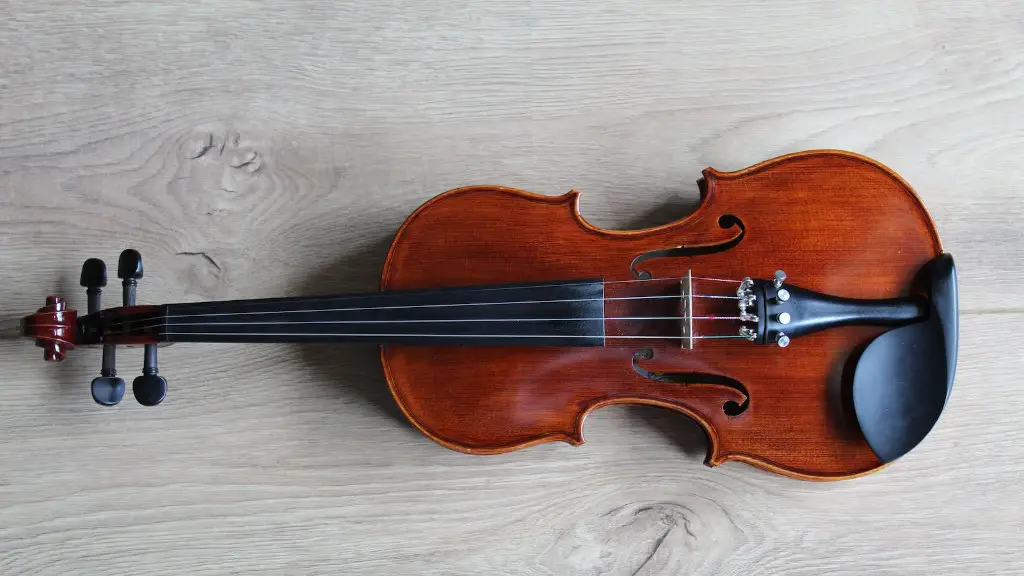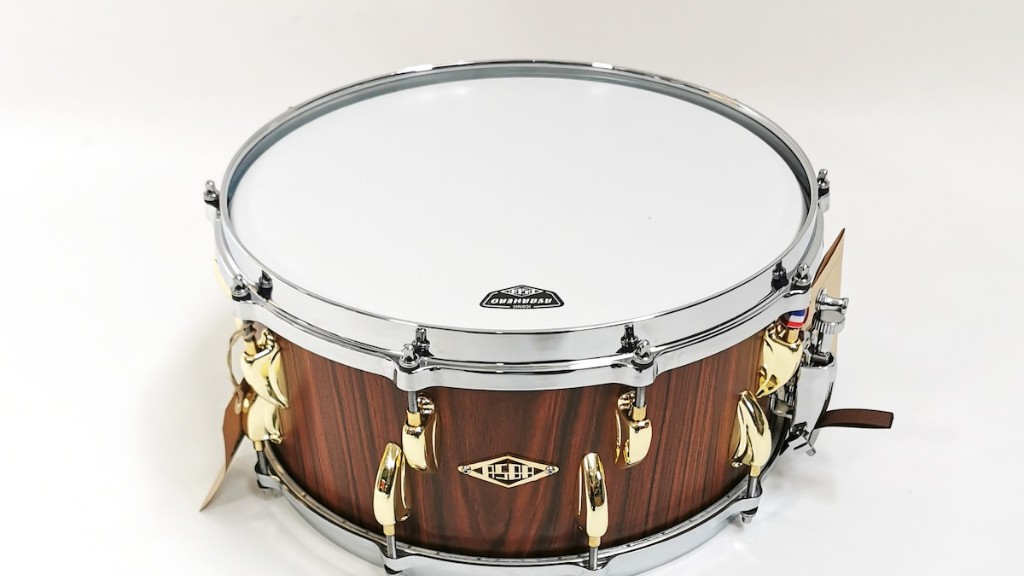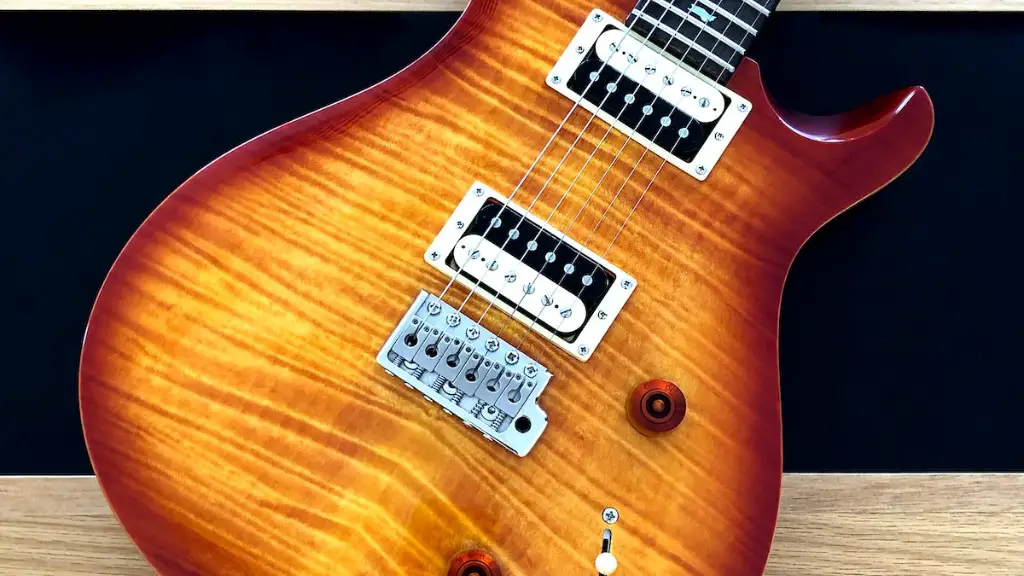Electric guitars are some of the most versatile instruments out there. With a few simple techniques, you can achieve a wide range of different sounds from your electric guitar. Whether you’re looking for a classic blues or rock sound, or something more modern, there are lots of great ways to customize your tone.
One way to get different sounds from your electric guitar is by changing the pickups. Pickups are the small magnets that detect the vibrations from your strings, and give them an amplified sound. Different types of pickups will create a completely different tone and sound. There are also lots of other accessories you can use on your electric guitar to change its sound, such as distortion pedals and effects processors.
You can also get different sounds from your electric guitar by adjusting its settings. The volume and tone knobs will let you make subtle changes to the sound and adjust it however you like. Experiment with this until you find a unique tone that fits with what you’re playing.
With a bit of practice and experimentation, you’ll be able to get lots of different sounds from your electric guitar!
Changing Pickup Position
If you’re an electric guitar player, changing the position of your pickups is a great way to get a variety of different sounds. By adjusting the height and angle of the pickups, you can get different tonal qualities from your guitar, such as more treble or bass. You can also create a blended sound that combines different pickup positions. To change the pickup position, you’ll need to loosen the screws on the pickup covers and move them closer to or further away from the strings. Make sure to pay attention to how tight you tighten the screws so that they don’t slip out of position. You can also experiment with using different pickups and switching them out in order to achieve even more unique tones. With some experimentation, you’ll be able to find the perfect sound for any situation.
Utilizing Effects Pedals
Effects pedals are an essential tool for any electric guitar player looking to expand their sound. They allow guitarists to tailor their sound to a specific style or genre, as well as create unique tones and textures. Using effects pedals correctly can add new dimensions to a guitarist’s playing, giving them the ability to create music that stands out and stands apart from the rest.
The key to getting the most out of effects pedals is understanding how they work and how they interact with one another. Each pedal has its own unique set of controls, allowing players to tweak their sound in different ways. It’s also important to remember that certain combinations of pedals may have unexpected results, so it’s important to experiment and find what works best for you. Once you get the hang of it, you’ll be able to use effects pedals in all sorts of creative ways.
Effects pedals come in all shapes and sizes, from basic single-effect units up to complex multi-effects processors. It’s important for guitarists to not only understand the differences between each type of pedal but also how they can be combined together for maximum effect. With a little practice and experimentation, you’ll be able to craft your own signature sound with ease!
Using a Volume Pedal with Electric Guitar
A volume pedal is an essential tool that allows electric guitarists to adjust the level of their sound in real time. By using a volume pedal, the player can make subtle adjustments to the intensity of their sound without having to manually adjust their amp or guitar’s settings. A volume pedal can also be used to create dynamic effects, such as swells and fades, by adjusting the volume as you play. This is especially useful for creating dramatic sounds and adding subtle nuances to your playing.
You can also use a volume pedal to create more extreme sounds. By gradually increasing the volume while playing, you can generate a powerful swell effect which has become popular in genres like rock and metal. Additionally, some players use their volume pedals for stutter effects and even alternate between different pickups during solos for greater sonic variation. Using a volume pedal allows guitarists to experiment with a wide range of tones.
Overall, a volume pedal is an incredibly versatile tool that allows electric guitarists to add dynamic expression and unique sounds to their playing. Whether you’re looking for subtle nuances or bigger soundscapes, experimenting with your volume pedal can help you take your playing to the next level.
Mixing Pickups
Using different pickups on an electric guitar can help you to achieve a variety of sounds. Single-coil pickups are great for achieving a bright, twangy sound, while humbucker pickups provide a thicker, fuller tone. If you want to blend the two sounds together, you can use a combination of both single-coil and humbucker pickups. For example, you might use a single-coil pickup in the neck position and a humbucker in the bridge position. This will give you a wider sonic palette to work with when crafting your own unique sound.
You can also control the tone of your pickups by adjusting the height of each one. If they’re too close to the strings, they’ll be too loud and may cause feedback. On the other hand, if they’re too far away from the strings, they won’t be able to pick up enough sound. The best way to find out what works best for your guitar is to experiment with different pickup heights until you get the desired sound.
By mixing and matching different types of pickups on your electric guitar and adjusting their heights accordingly, you can create a huge range of tones that will allow you to express yourself musically in any situation. So don’t be afraid to experiment with different pickup combinations – who knows what unique sounds you’ll discover!
Employing Open Tunings for Electric Guitar
Open tunings are a great way to get unique, interesting sounds out of an electric guitar. By detuning the strings and changing the intervals between them, players can create some truly remarkable tones. This technique is used by all kinds of guitarists, from bluesmen to metal shredders and everyone in between. Open tunings are especially useful when playing slide guitar parts, as they allow you to play chords with a single slide. To get started with open tunings, simply tune each string down to a certain note.
Once you’ve chosen your tuning, it’s time to start exploring what it has to offer. Try experimenting with different note combinations and see what sounds you can come up with. You can also use open tunings for creating lush drones or experimental textures for your solos. With some patience and creativity, you’ll soon be able to craft unique sonic landscapes that will make your playing stand out from the crowd.
Whatever style of music you play, open tunings can be an invaluable tool in crafting your own signature sound on electric guitar. So why not experiment today and find out how open tunings can help bring your musical ideas to life?
Getting Different Sounds From Electric Guitar
Electric guitar has a wide range of sound possibilities, due to its versatile nature. There are many techniques available to help guitar players achieve their desired sound. For example, the use of effects pedals can be used to create unique sounds with reverb, delay, chorus, and distortion. Additionally, pick-ups can also be used to change the tone of the instrument as well as humbuckers and single-coil pickups.
Another technique that is often used is manipulating the volume knob or using a tremolo bar to create vibrato or fast pitch bends. Additionally, techniques such as palm muting and string bending can be used to create different sounds and tones. Furthermore, using the right combination of strings gives a different sound than using standard strings. Experimenting with different techniques can yield interesting results. Ultimately, achieving different sounds from an electric guitar requires experimentation and creativity.
Final Words
To get different sounds from an electric guitar, it is important to understand the basics of guitar playing and the components of the instrument. You can customize your sound by changing pickups, amps, pedals, strings and other accessories. Understanding the different types of effects available and how they interact together can be a great way to create unique and interesting sounds. You can also experiment with different techniques such as palm muting, legato playing or alternate picking. With practice and dedication you can get a range of sounds from your electric guitar that will satisfy your musical needs.





